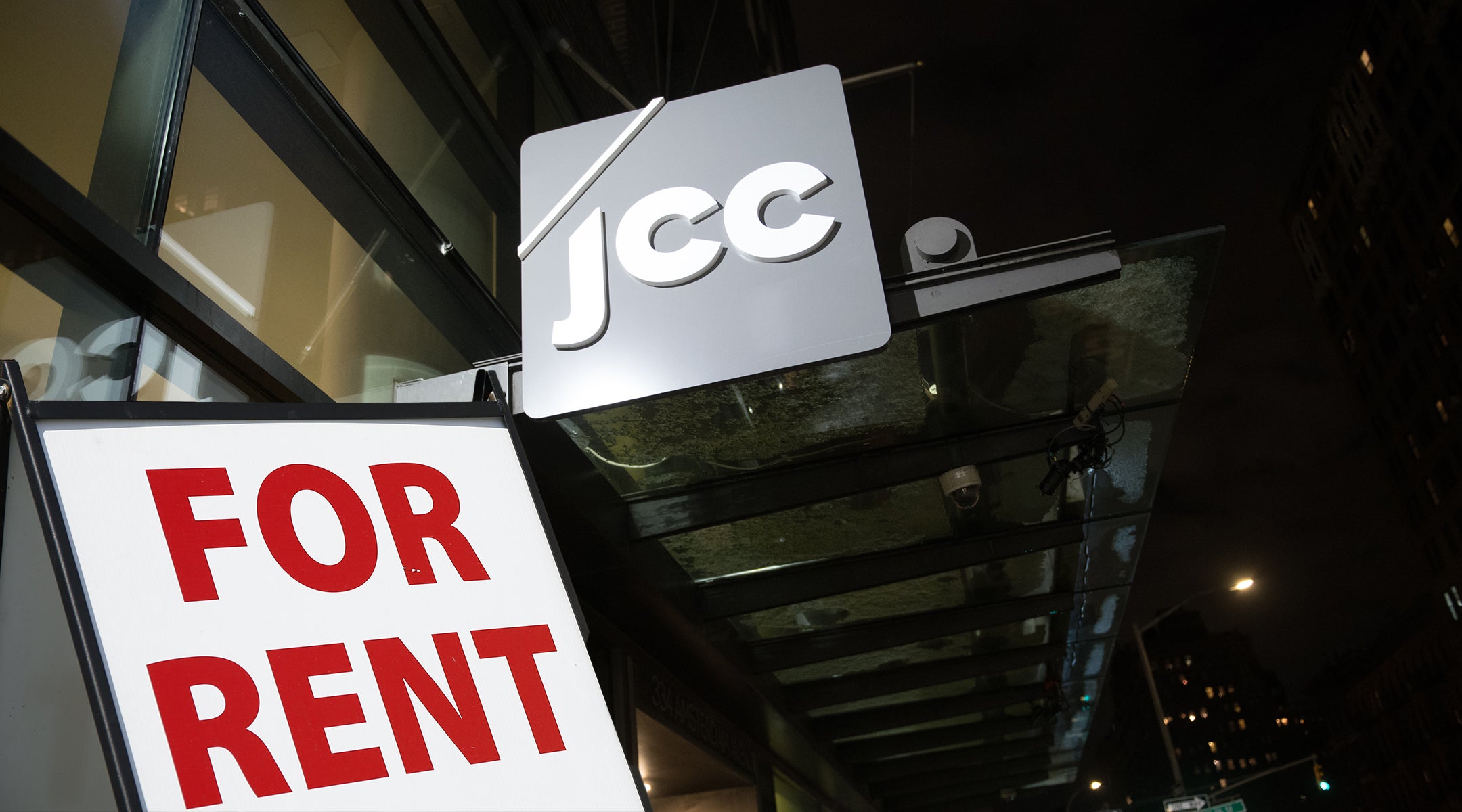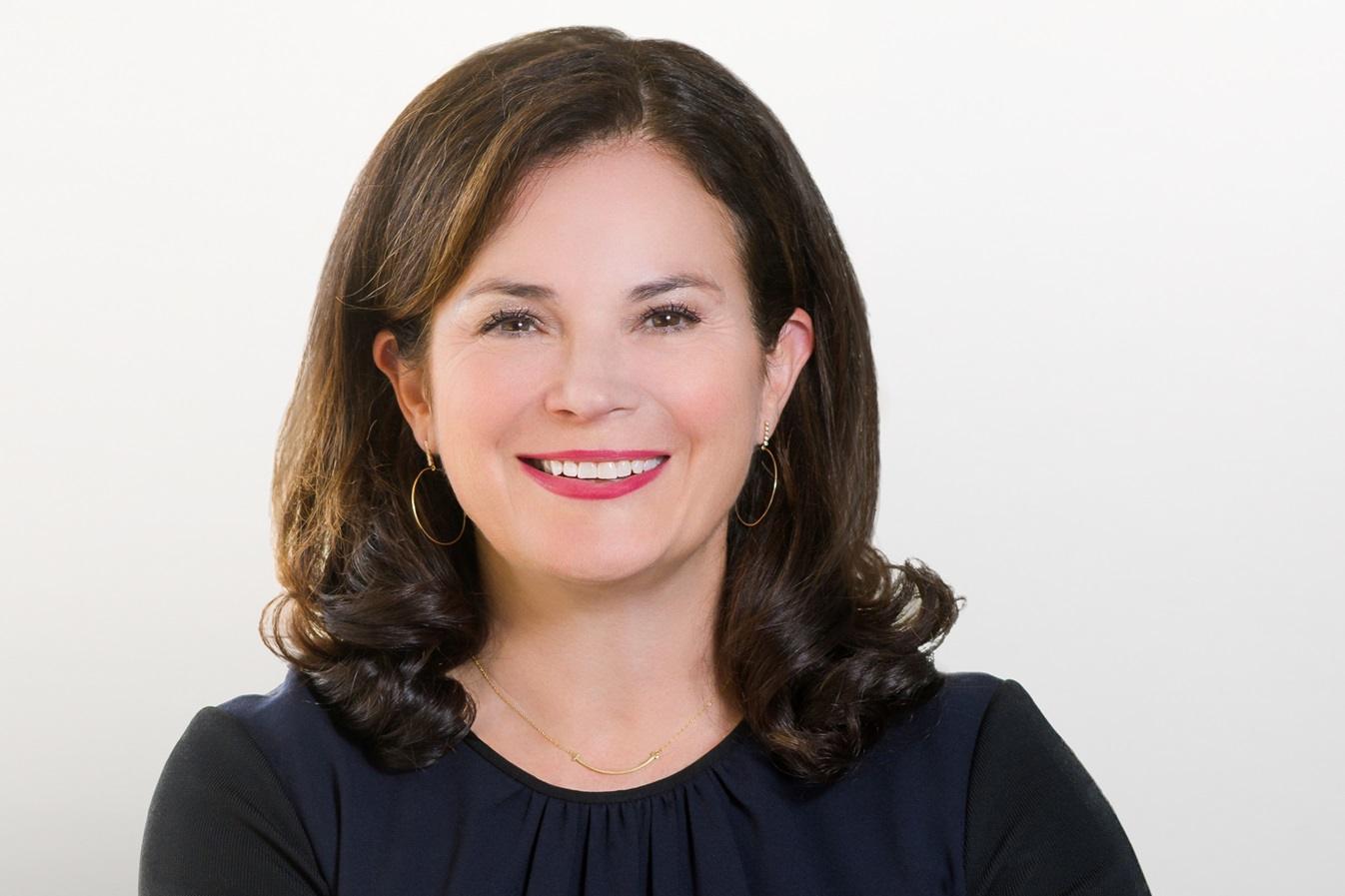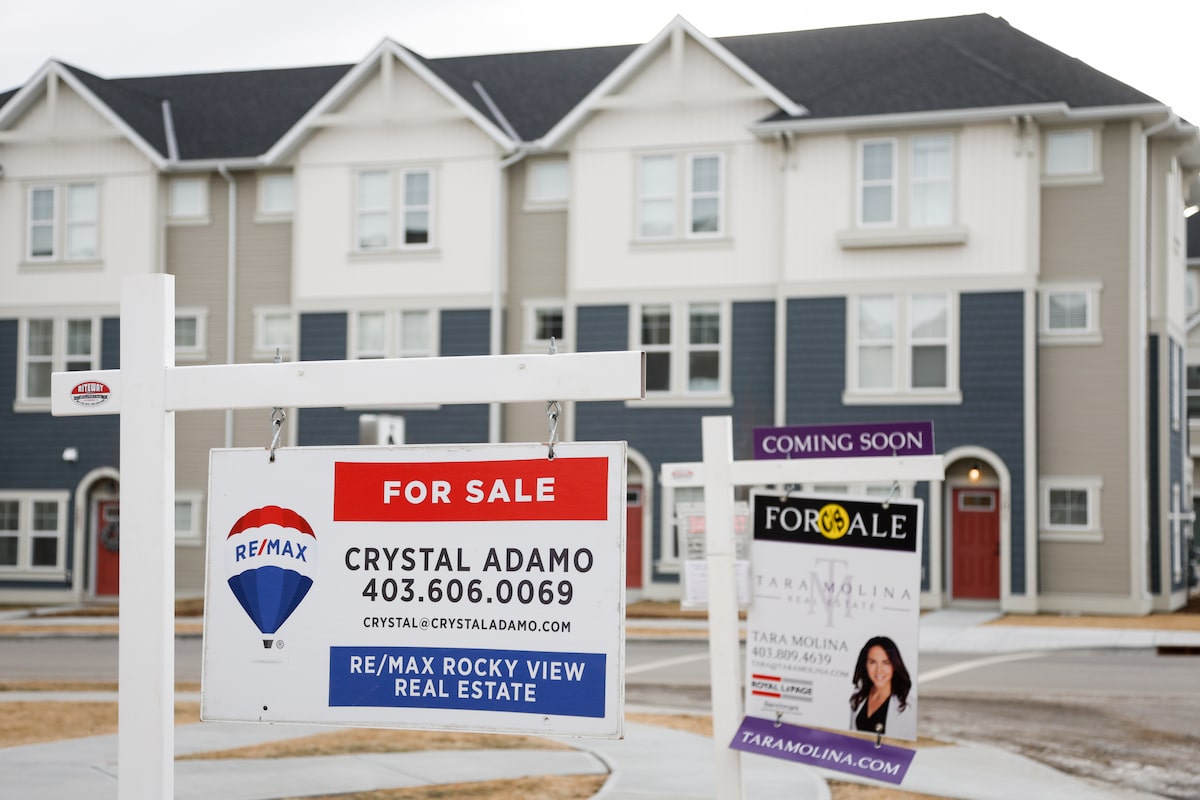R
abbi Adam Mintz’s Modern Orthodox congregation, Kehilat Rayim Ahuvim, began a quest for a home on the Upper West Side that proved far from straightforward. With no budget for a purchase, the group had to find a rental that could hold 50‑80 worshipers, provide a second room for kiddush, sit within walking distance of its members, and be available on Friday nights, Saturdays, and major holidays—all in Manhattan’s sky‑high market.
After months of searching, a congregant’s suggestion led them to the National Council of Jewish Women (NCJW) building on West 72nd Street. Mintz recalled, “God was smiling at us one day.” The space met every requirement, and the arrangement benefited both parties: the congregation secured a below‑market venue, while NCJW gained a new income stream and a partner that strengthened the local Jewish community.
Mintz’s experience illustrates a broader trend. As David Kaufman, author of “Shul with a Pool,” notes, the 2000s brought a sharp rise in real‑estate costs that made traditional synagogue sites nearly impossible to secure. Congregations have turned to creative solutions: storefronts in Harlem, school campuses in Brooklyn, and other non‑traditional venues. Yet even after a lease is signed, challenges persist. Darkhei Noam, for example, rented space at Manhattan Country School until the school’s 2034 lease ended and its bankruptcy forced a scramble for a new home. The Fort Tryon Jewish Center, meanwhile, faces eviction when its church landlord closes.
Paul Wachtel, former co‑chair of Darkhei Noam’s board, explained that congregations often need partners who use the space on other days to keep costs reasonable. Darkhei Noam’s recent one‑year lease with Trevor Day School reflects this model.
Mintz believes the optimal solution is to rent from a large Jewish organization’s building. After 21 years at NCJW, his congregation moved into the Marlene Meyerson JCC Manhattan in September, rebranding as the Shtiebel @ JCC. The JCC’s high traffic and diverse programming attracted new members, and the congregation plans to use the rooftop sukkah. Mintz hopes other synagogues will adopt this model, noting that big synagogues already rent out space to non‑Jewish groups between services and could similarly partner with smaller Jewish nonprofits.
Kaufman admits there is little precedent for a congregation leasing a dedicated space from a Jewish community hub. He cites historical examples of congregations forming within organizations—such as the Educational Alliance and the former Young Women’s Hebrew Association—but not moving into a separate space within those buildings. UJA‑Federation of New York routinely offers space for events but has not yet hosted a full‑time congregation.
Other examples show the model’s potential. Temple Emanu-El’s downtown campus relocated to the Center for Jewish History, collaborating with other nonprofits and museums to secure a suitable venue. Executive director Dina Mann highlighted the benefits of shared security and educational exposure for the synagogue’s religious school students.
Prospect Heights Shul’s Rabbi Jonathan Leener praised its partnership with Luria Academy, which opened joint grant opportunities and attracted larger foundations. The shared space also fostered a sense of community collaboration.
Mintz calls for a fund that rewards Jewish partnerships by providing financial incentives to both host and tenant organizations. While some congregations, like the Fort Tryon Jewish Center in Washington Heights, lack nearby Jewish partners, those within walking distance of potential hosts could reap significant benefits.
In short, renting from a Jewish organization’s building offers a practical, community‑strengthening solution to the real‑estate crisis facing New York City synagogues.















